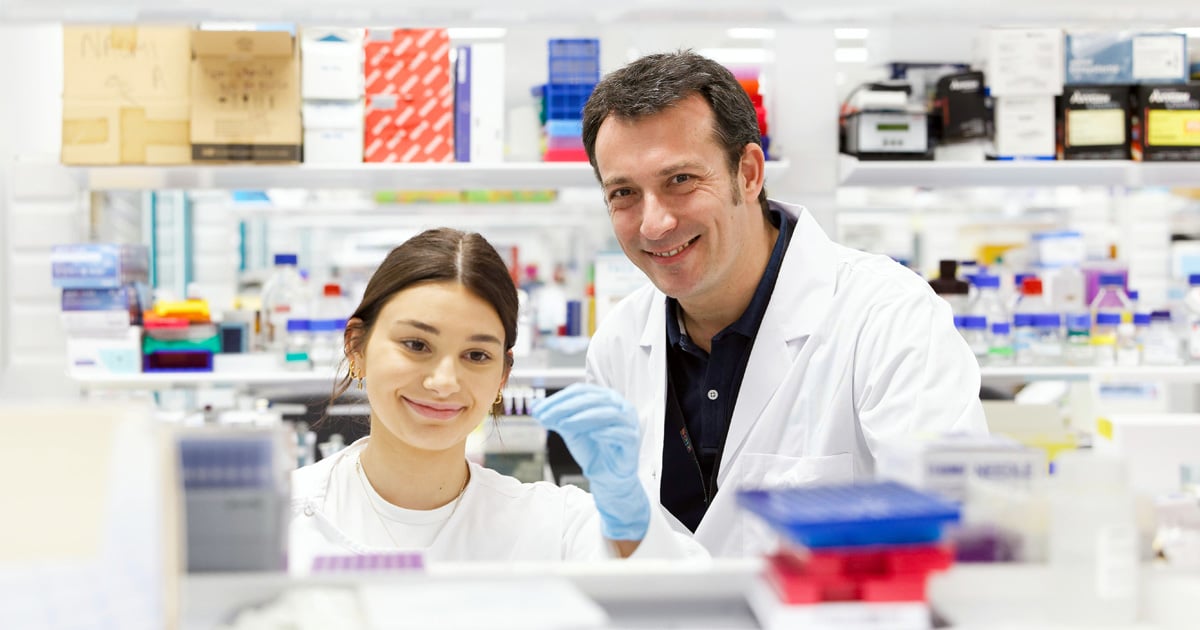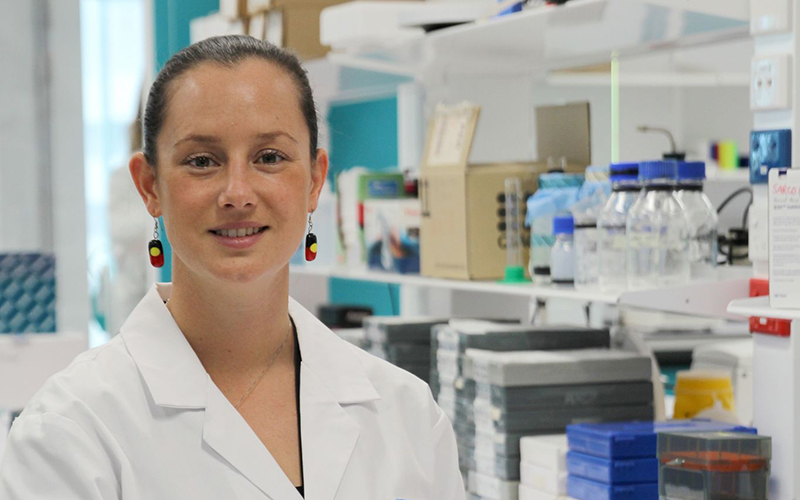Search

News & Events
Funding boost to melanoma researchA The Kids Research Institute Australia researcher will investigate new ways to harness the body’s own immune system to fight melanoma, thanks to Cancer Council WA funding.

People
Professor Nick GottardoHead of Paediatric and Adolescent Oncology and Haematology, Perth Children’s Hospital; Co-head, Brain Tumour Research Program, The Kids Research Institute Australia

News & Events
Pioneering new treatments for leukaemia in children with Down syndromeA team of world-leading scientists has secured $5 million in funding from the Leukaemia and Lymphoma Society to advance the fight against leukaemia in children with Down syndrome.

News & Events
The Kids cancer researcher named a Superstar of STEMThe Kids Research Institute Australia brain cancer researcher, Dr Jessica Buck will today join the ranks of a select group of brilliant female scientists.
Research
Parental occupational exposure to engine exhausts and childhood brain tumorsParental occupational exposure to engine exhausts and childhood brain tumors.
Research
Parental occupational exposure to exhausts, solvents, glues and paints, and risk of childhood leukemiaIt is unknown whether parental occupational exposure to chemicals before during and after pregnancy increases the risk of acute lymphoblastic...
Research
Integrated analysis of miRNA and mRNA expression in childhood MedulloblastomaMedulloblastoma (MB) is the most common malignant brain tumor in children and a leading cause of cancer-related mortality and morbidity.
Research
Integrated Analysis of miRNA and mRNA Expression in Childhood Medulloblastoma Compared with Neural Stem CellsMedulloblastoma (MB) is the most common malignant brain tumor in children and a leading cause of cancer-related mortality and morbidity.
Research
Fetal growth and risk of childhood Acute Lymphoblastic LeukemiaThe relation between intrauterine growth and risk of childhood acute lymphoblastic leukemia was investigated in an Australian population-based case-control...
Research
Receptor mutation is not a common mechanism of naturally occurring glucocorticoid resistance in leukaemia cell linesGlucocorticoids (GCs) are among the most important drugs for the treatment of acute lymphoblastic leukaemia (ALL).
